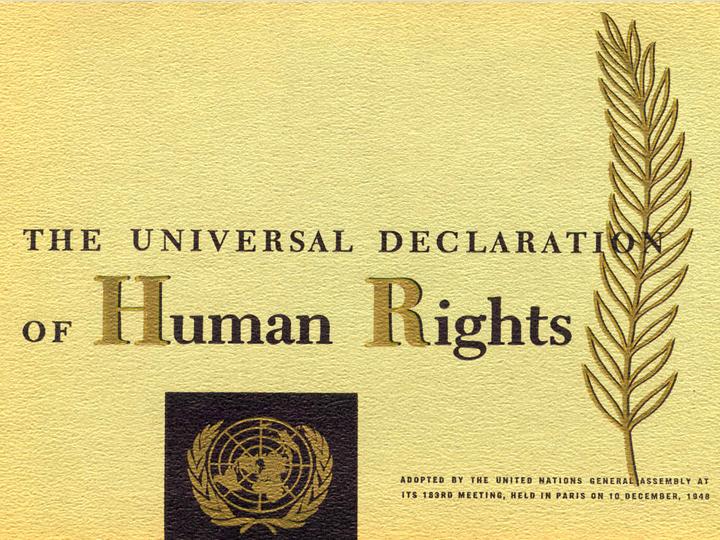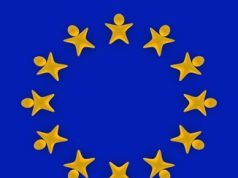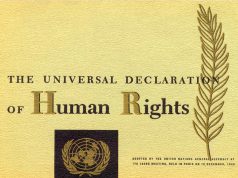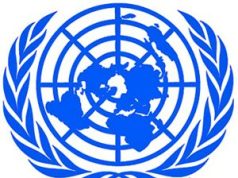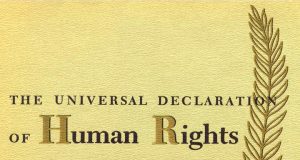The World Bank: Driving Global Development and Poverty Reduction
Introduction
The World Bank, an international financial institution, plays a pivotal role in promoting global development, reducing poverty, and supporting sustainable economic growth. This article explores the mission, history, structure, and key functions of the World Bank.
1. Mission and Goals
The World Bank’s primary mission is to alleviate poverty and promote economic development around the world. Its core goals include:
a. Poverty Reduction: Working to reduce extreme poverty and improve the living standards of vulnerable populations.
b. Infrastructure Development: Supporting the construction of essential infrastructure, such as roads, bridges, and energy facilities, to enhance economic opportunities.
c. Sustainable Economic Growth: Promoting economic growth that is environmentally sustainable and inclusive.
d. Education and Healthcare: Investing in education and healthcare to enhance human capital and promote social development.
e. Global Financial Stability: Facilitating financial stability and aiding countries in times of economic crises.
2. Historical Background
The World Bank was established in 1944 and formally began operations in 1946. Its formation stemmed from the Bretton Woods Conference, with the objective of reconstructing war-torn Europe and preventing future conflicts through economic cooperation. Over time, the World Bank expanded its scope to address global poverty and development challenges.
3. Structure of the World Bank
The World Bank consists of two main institutions:
a. International Bank for Reconstruction and Development (IBRD): The IBRD primarily serves middle-income and creditworthy low-income countries by providing them with loans and expertise for development projects.
b. International Development Association (IDA): The IDA offers concessional loans and grants to the world’s poorest countries, focusing on poverty reduction and economic development.
Both institutions collaborate to provide financial assistance and technical expertise to countries in need.
4. Functions and Key Activities
The World Bank engages in various functions and activities to achieve its mission:
a. Financial Assistance: Providing loans, grants, and guarantees to countries for development projects that address pressing needs, such as education, healthcare, and infrastructure.
b. Technical Expertise: Offering expertise in various sectors, including agriculture, education, energy, healthcare, and governance, to help countries design and implement effective development programs.
c. Research and Data: Conducting research on global economic and development issues, publishing reports, and providing essential data to inform policymaking.
d. Capacity Building: Assisting countries in enhancing their administrative and technical capabilities to manage development projects efficiently.
e. Crisis Response: Supporting countries in times of economic crises, offering financial assistance to stabilize their economies and protect vulnerable populations.
5. Achievements and Impact
The World Bank has achieved numerous milestones since its inception:
a. Reduced Poverty: Through its efforts, the World Bank has contributed to lifting millions of people out of extreme poverty.
b. Improved Infrastructure: The institution has helped build critical infrastructure, improving access to education, healthcare, and economic opportunities.
c. Enhanced Education and Healthcare: By investing in these sectors, the World Bank has helped improve the well-being and human capital of populations in developing countries.
d. Promoted Sustainable Development: The World Bank has encouraged environmentally sustainable development practices and supported climate change mitigation and adaptation initiatives.
e. Crisis Management: During financial crises and global economic downturns, the World Bank has provided essential support to stabilize economies and protect vulnerable populations.
6. Challenges and Criticisms
While the World Bank has made significant contributions to global development, it faces several challenges and criticisms, including:
a. Overarching Influence: Some argue that the World Bank’s influence over borrowing countries can undermine their sovereignty and economic policies.
b. Environmental Concerns: The institution has faced criticism for some development projects that have had adverse environmental impacts.
c. Inequality: Critics contend that the World Bank’s policies can exacerbate income inequality in certain countries.
d. Accountability and Transparency: Ensuring accountability and transparency in the institution’s operations remains a challenge.
e. Bureaucracy: The complexity of the World Bank’s organizational structure can lead to inefficiencies and delays in project implementation.
Conclusion
The World Bank remains a vital player in global development and poverty reduction efforts. Its multifaceted approach, encompassing financial assistance, technical expertise, research, and capacity building, has been instrumental in improving the well-being of millions around the world. While challenges and criticisms persist, the World Bank’s mission to reduce poverty and promote sustainable development is as relevant as ever, ensuring a brighter future for many nations across the globe.
The United Nations has a provision for providing financial assistance and monetary relief for member states. These organizations are the World Bank and the International Monetary Fund. Both the World Bank and the International Monetary fund were products of the Bretton Woods Agreement which took place in 1945, approximately around the time the United Nations was created. Initially the purpose of the Bretton Woods Agreement was to raise and distribute funds in order to reconstruct a post WWII war-torn Europe. There are some key differences between the International Monetary Fund and the World Bank and it is important to be able to differentiate between the two. Though they are always grouped together, they each serve certain key purposes.
The World Bank is a financial institution that provides financial and technical assistance to developing nations for programs such as bridges, roads, school, etc. World Bank loans are ultimately meant to reduce poverty in these nations. The World Bank is broken up into two sub-institutions: International Bank for Reconstruction and Development and International Development Association. As previously mentioned, the primary reason for the World Bank at the time of its creation was to help rebuild a devastated Europe, therefore the first loan given out by the World Bank was $250 Million to France to help rebuild their country after WWII. Its duties and purposes have naturally grown over the years to incorporate many other needs.
Currently, the World Bank is directing most of its focus towards achieving the Millennium Development Goals by lending mostly to “middle income nations” with fairly low interest rates. The World Bank recognizes five key factors as necessary additions for economic growth and the creation of a better business environment. These factors are to strengthen government/educate government officials, create infrastructure, develop financial systems, fight corruption, and finally to offer a forum for research, consulting, and training programs.
The purpose of the World Bank is to provide financial assistance; they do this in the form of loans and grants. Loans come in two types: investment loans and developmental policy loans. Investment loans are meant to support economic and social development projects and developmental policy loans provide quick disbursing finance to support countries’ policy and intuitional reforms. The World Bank will also issue grants to enable countries to enact development programs. Grants are typically used for debt relief, improving sanitation and water supply, combating HIV/AIDS, supporting civil society organizations, and help with the reduction of greenhouse gas emissions.
The International Monetary Fund is an institution that oversees the global financial system by following macroeconomic policies of its member countries in regards to topics such as exchange rates and the balance of payments. The International Monetary fund was created in order to stabilize foreign exchange rates and facilitates developments. Like the World Bank, it also offers financial and technical assistance to its members; however the International Monetary Fund is a lender of last resort. The International Monetary Fund’s main goals are to foster global monetary cooperation, secure financial stability, facilitate international trade, promote high employment, sustainable economic growth, and reduce poverty. To be a member of the International Monetary Fund there are several terms that the member states adhere to such as membership fees and voting rights. The International Monetary Fund will also advise and make recommendations to member countries to improve their economies. During this economic climate, the International Monetary Fund is being called upon more and more for financial assistance.
Both the World Bank and the International Monetary Fund are financial institutions that transcend borders however; there are differences to be noted. World Bank is mostly associated with loans and grants while the International Monetary Fund is the epicenter of the global monetary system.

